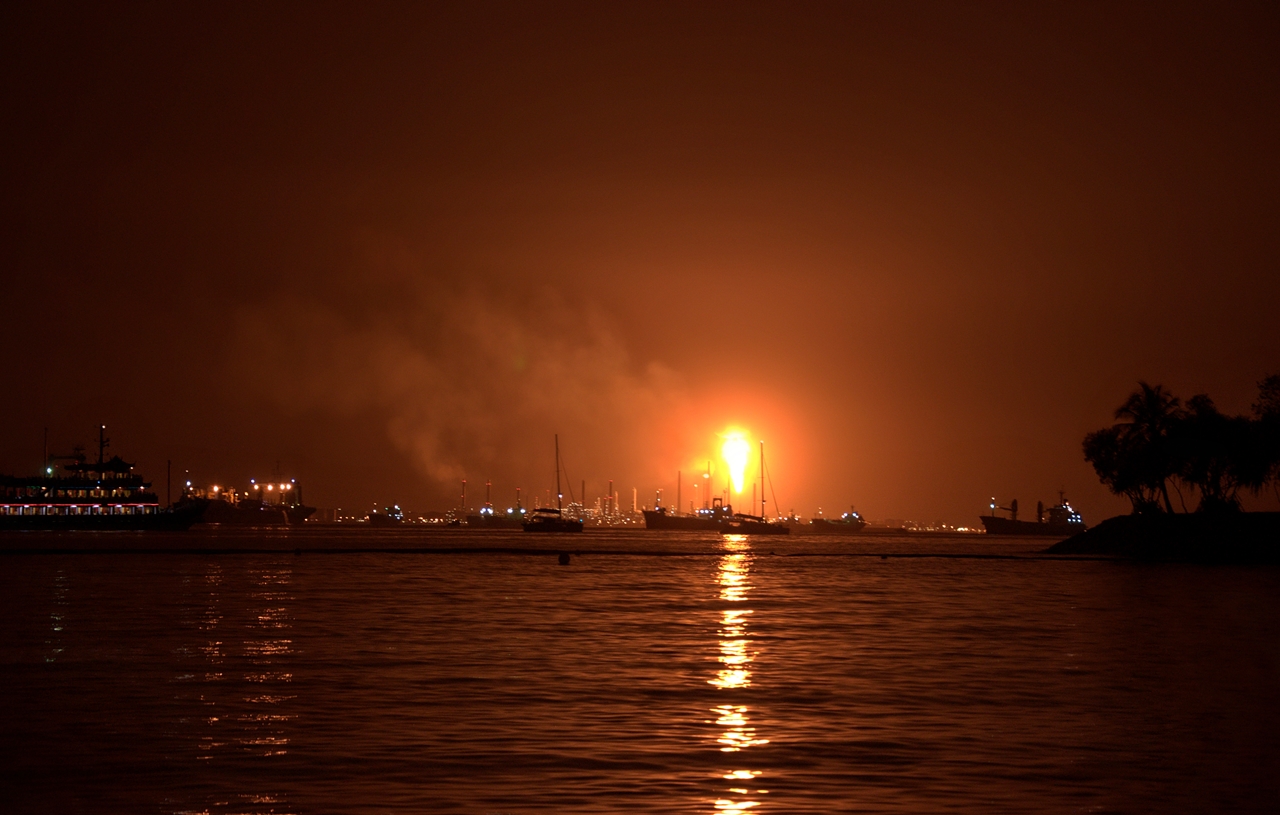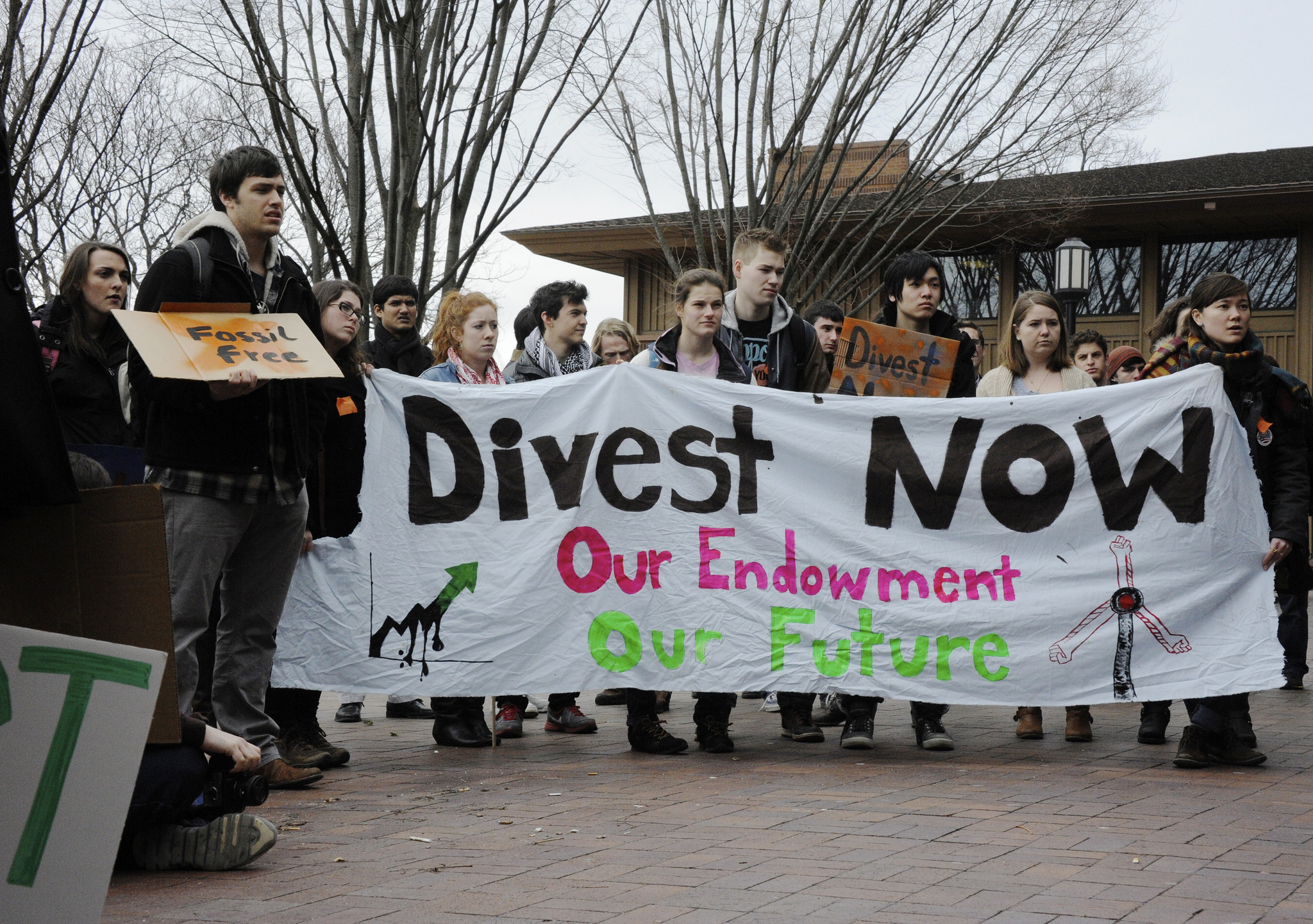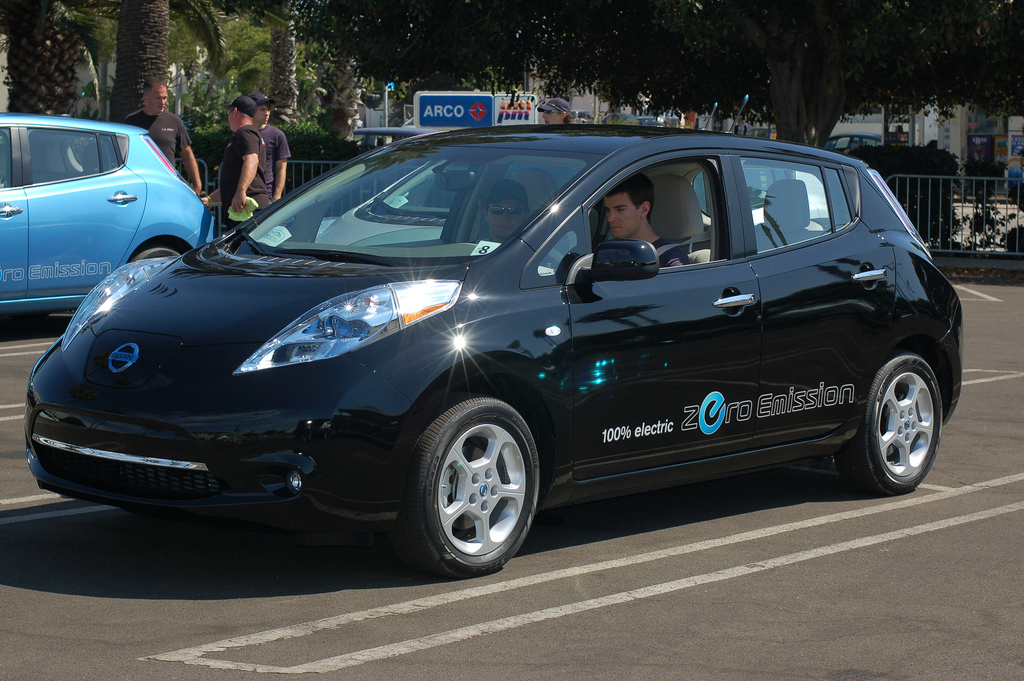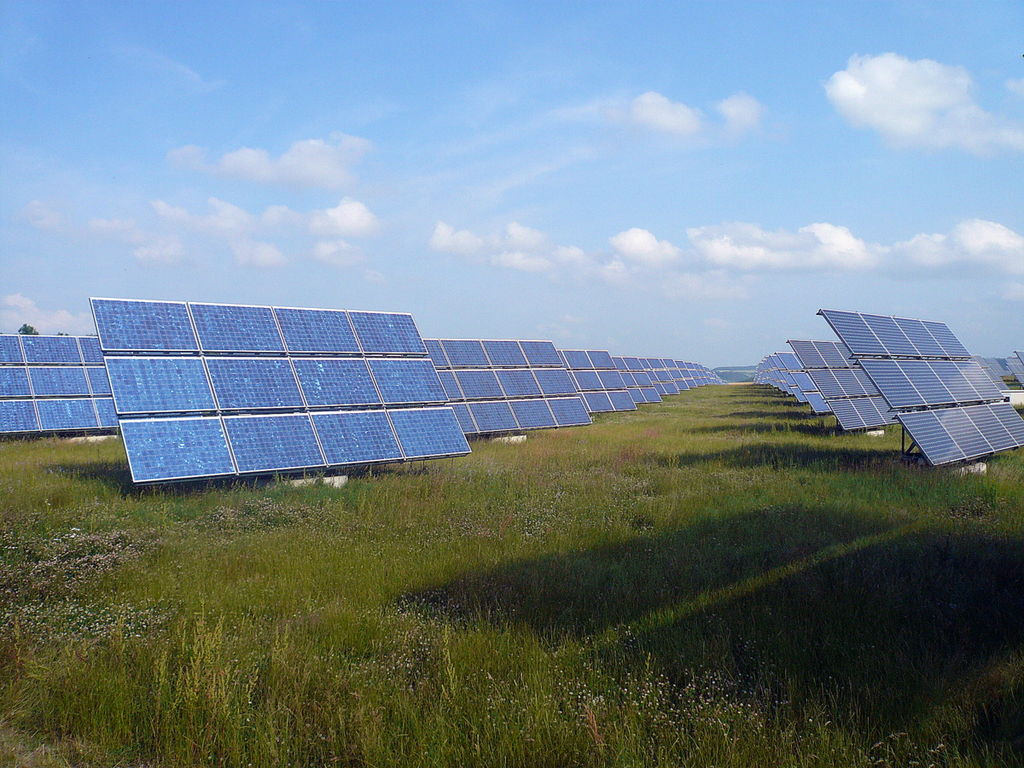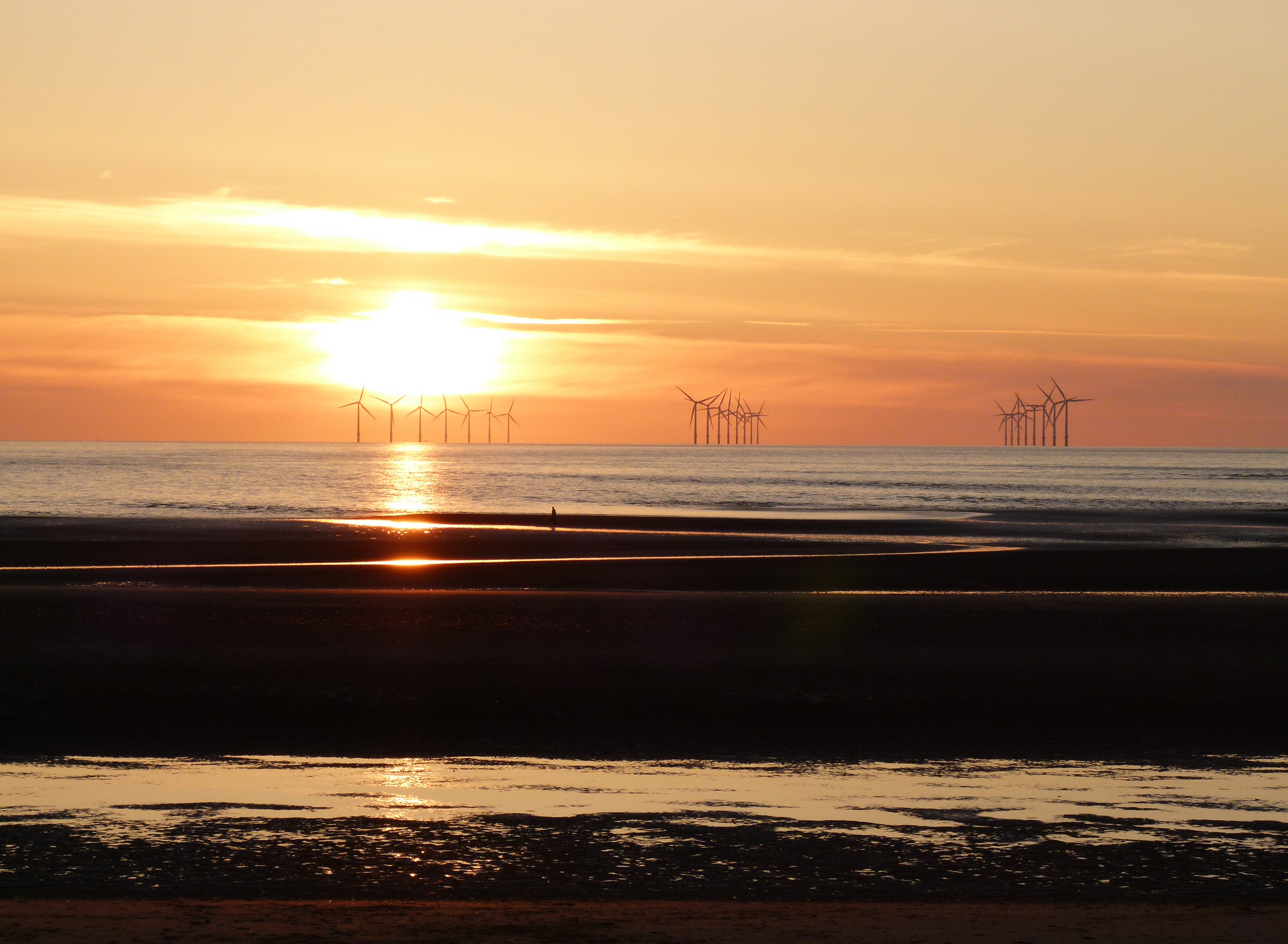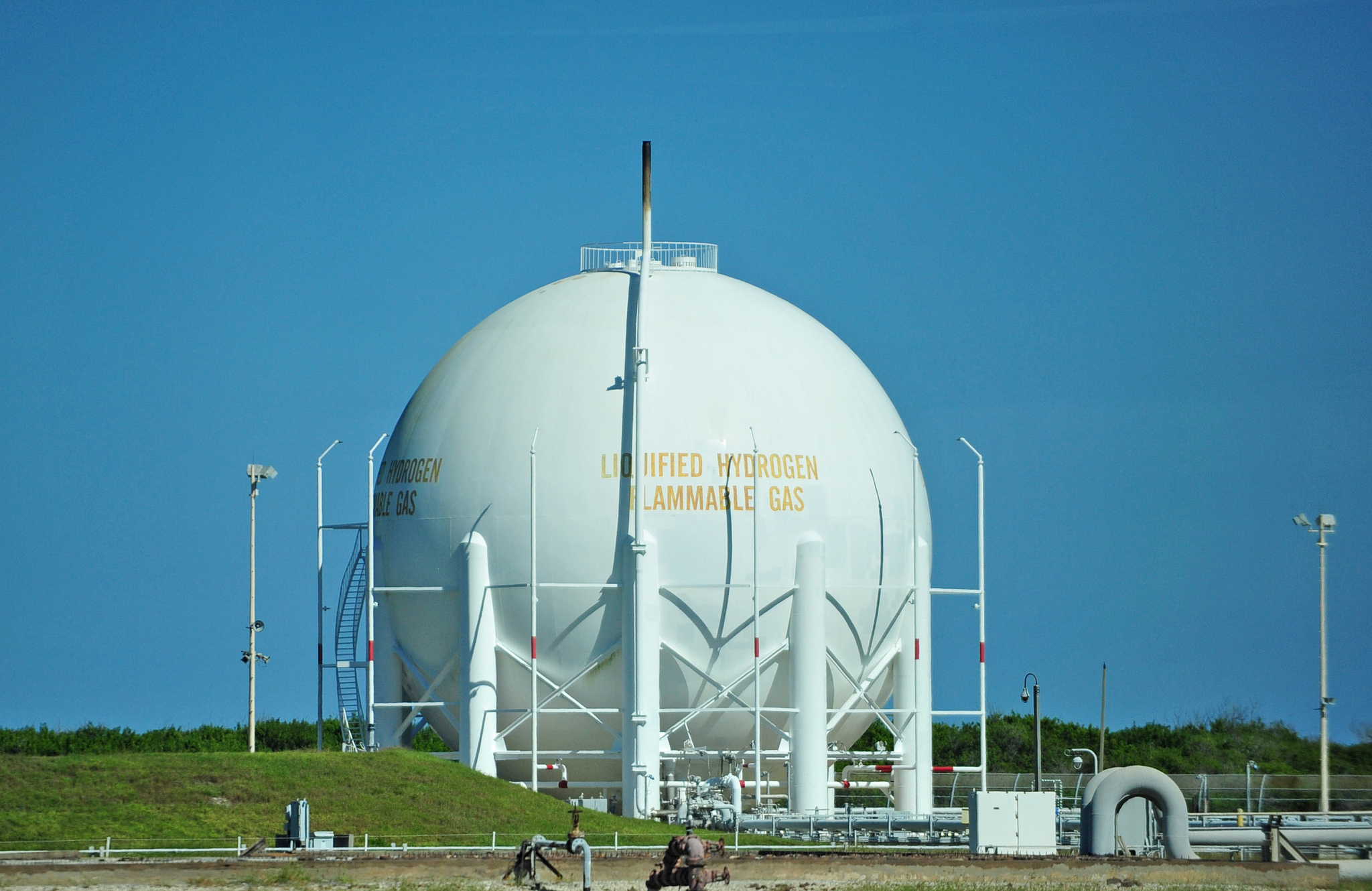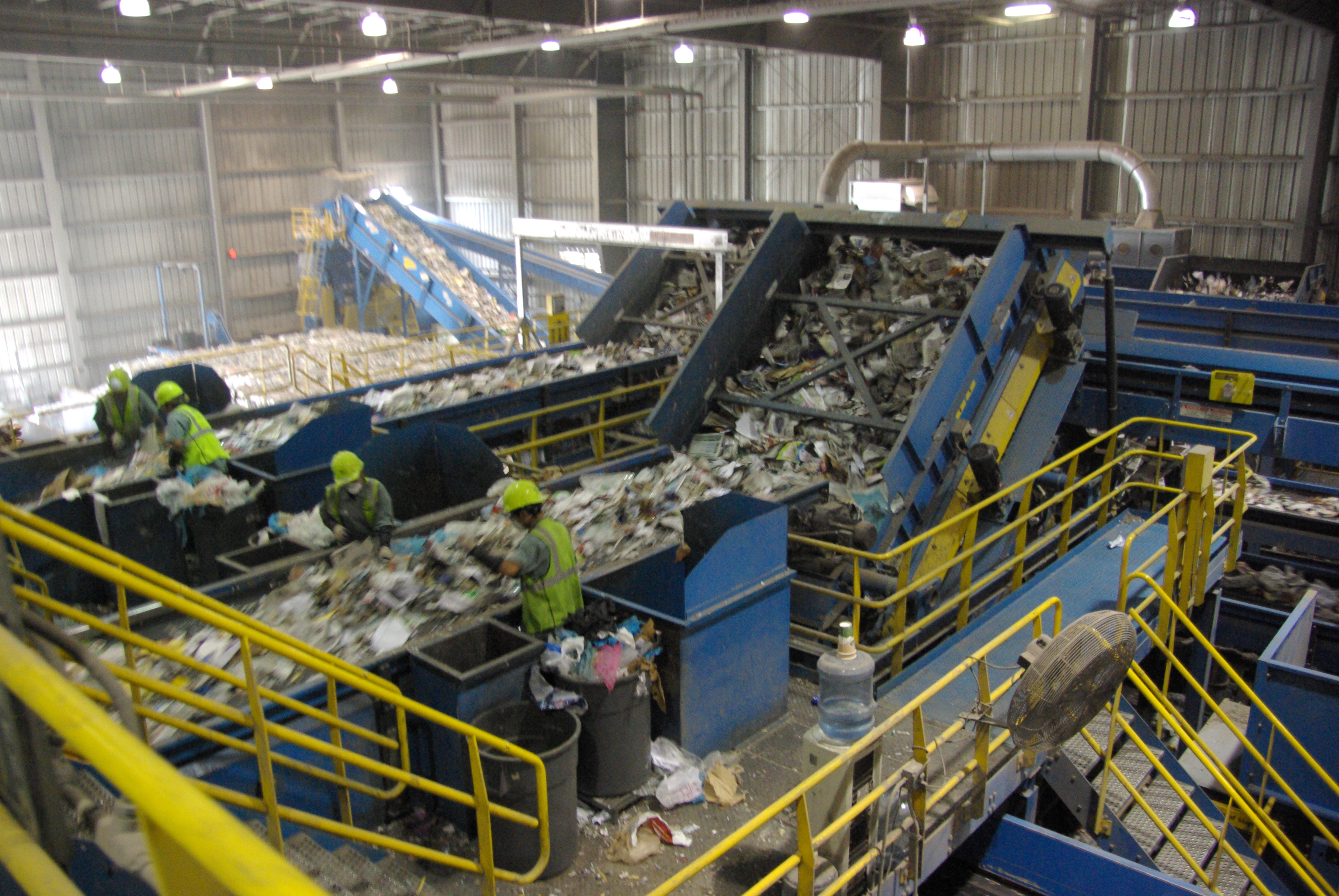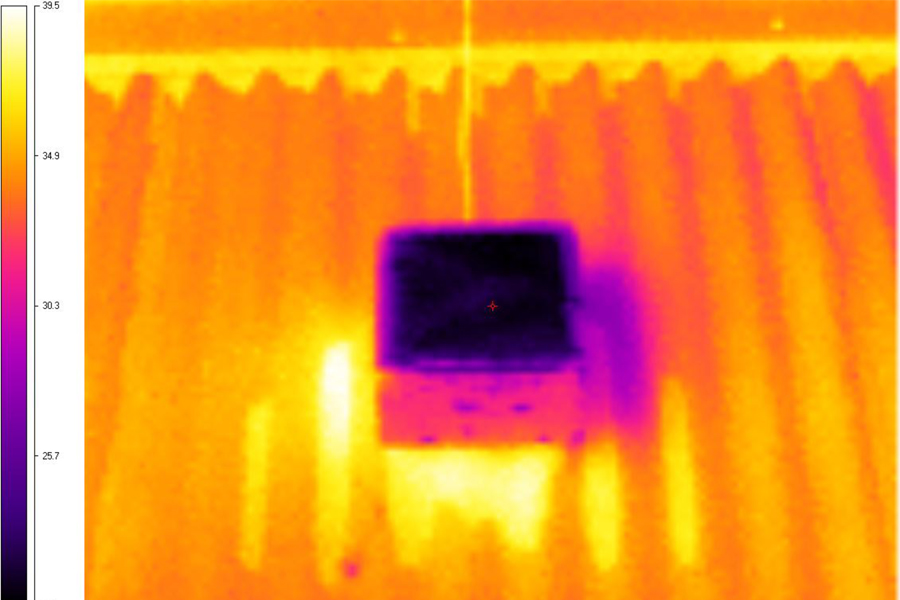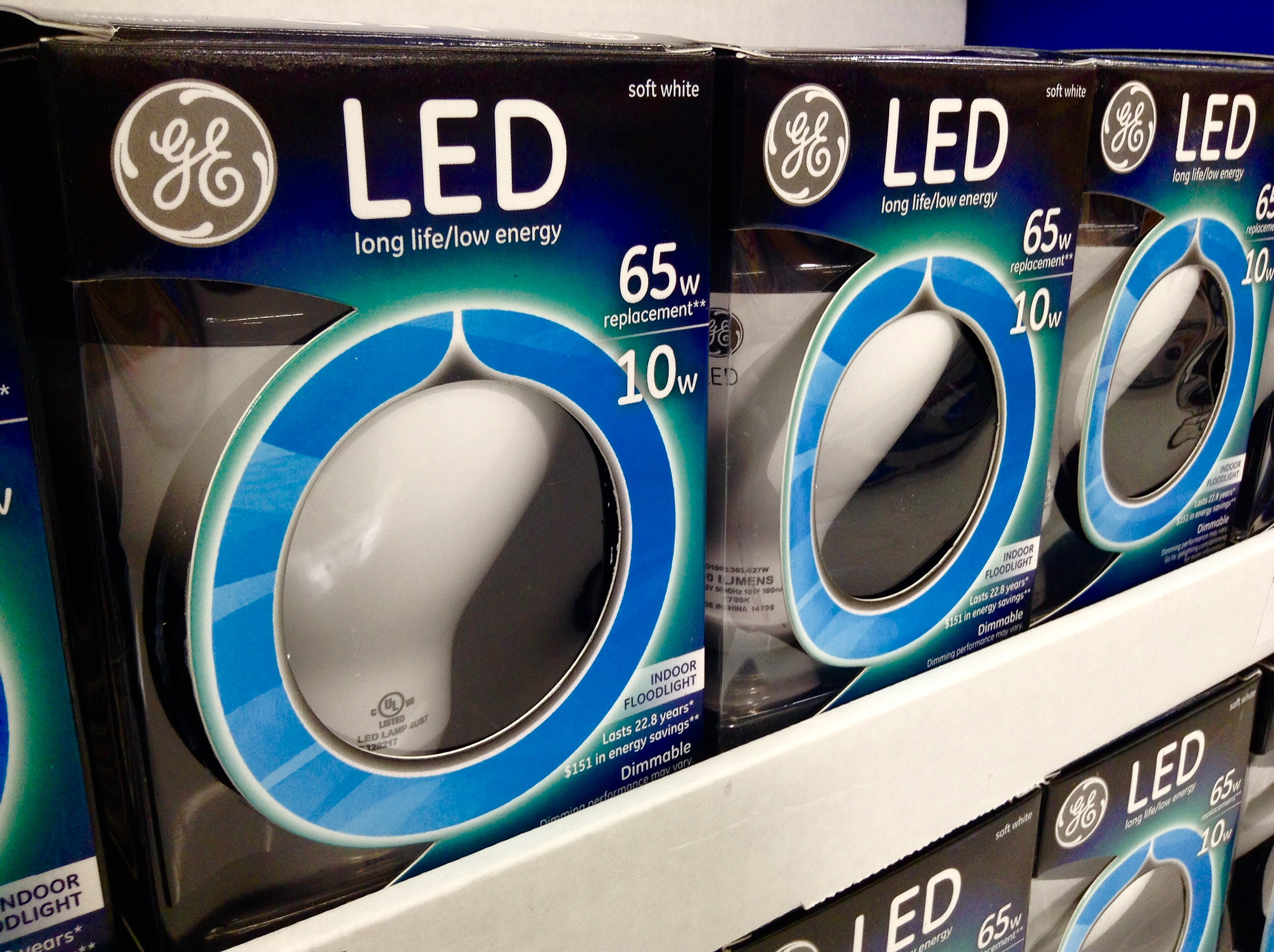Energy
Outsourcing Our Emissions
The average American is responsible for one of the largest carbon footprints in the world. Some 37% of our carbon emissions is associated with electricity generation; 33% stems from transportation – largely personal automobiles. The remaining 30% is attributed to industry, residential use, and agriculture.
Artificial Leaf Progress
The Joint Center for Artificial Photosynthesis was established at Caltech and its partner institutions in 2010 with one main goal: to find a cost-effective way to produce fuels using only sunlight, water and carbon dioxide. The natural process of photosynthesis in plants accomplishes exactly the same thing. As a result, such a solar fuel generation system is generally described as an artificial leaf.
Turning Divesting Into Investing
Colleges and universities are bustling with activity. Among the conversations on campus: the call from students to sell endowment investments in the fossil fuel industry. Stanford has eliminated its coal investments, and a small number of other universities have divested to varying degrees.
The Wind Boom Continues
Wind power continues to increase its contribution to the US power grid. The second quarter of this year saw almost 1.7 GW of new turbines come on line and there are almost 14 GW under construction.
Earth Overshoot Day
Earth Overshoot Day is the day when, according to estimates, the total combined resource consumption of all human activity on the planet reaches the total amount that the Earth can generate for the year. It is the natural resource equivalent of the date by which you have spent your entire salary for the year.
Testing V2G Technologies
Electric cars are still pretty much a novelty in most places, but their numbers are increasing. Electrical utilities around the world are trying to understand what will happen if and when there are millions of them on the road.
Moving Toward 100% Renewables
More and more cities, states and even entire countries are setting goals to use 100% renewable energy. For the most part, these goals relate to electrical power, which is the energy need most attainable via renewable sources. But ultimately, we would like to cover all of our energy needs – electrical power, heating and cooling, and transportation – using sustainable renewable resources.
Offshore Wind At Last
At the end of July, construction began on the first offshore wind installation in the United States. The Block Island Wind Farm is being built off the coast of Rhode Island and is expected to come online next year, providing electricity for about 17,000 homes.
Wind To Hydrogen
There is lots of talk about hydrogen cars these days. Toyota is introducing their Mirai fuel cell car this fall. Proponents tout hydrogen as the best way to fuel environmentally-friendly cars.
Electricity Goes Local
Towns and cities are increasingly aware of the value of gaining control over their energy supply in order to make sure it is clean, efficient, reliable and secure. The central concept of what may become a local power revolution is the microgrid.
Ever-Changing Light Bulbs
Electric light became a part of our lives around 1880 as Thomas Edison began illuminating parts of New York City. For more than 100 years, the basic operating principle of light bulbs remained the same. For the most part, we used the incandescent bulbs that Edison pioneered. Of course, there were fluorescent bulbs as well, but most of our lamps used the familiar incandescent in various configurations.
Earthquakes And Fluid Injection Wells
The number of earthquakes associated with oil industry injection wells has skyrocketed from a handful per year to more than 650 in 2014, according to a new study published in Science by the University of Colorado Boulder and the U.S. Geological Survey.
Solar-Powered Hydrogen Storage
The so-called hydrogen economy is an idea that has been kicking around for quite a while. The notion is to use hydrogen as a primary energy carrier – a fuel, if you will – that will both power our cars and store the energy generated by renewable sources like solar power and wind farms. The hydrogen would then be transported if necessary to where it is needed and used to provide energy when it is needed.
Methane: The Other Greenhouse Gas
